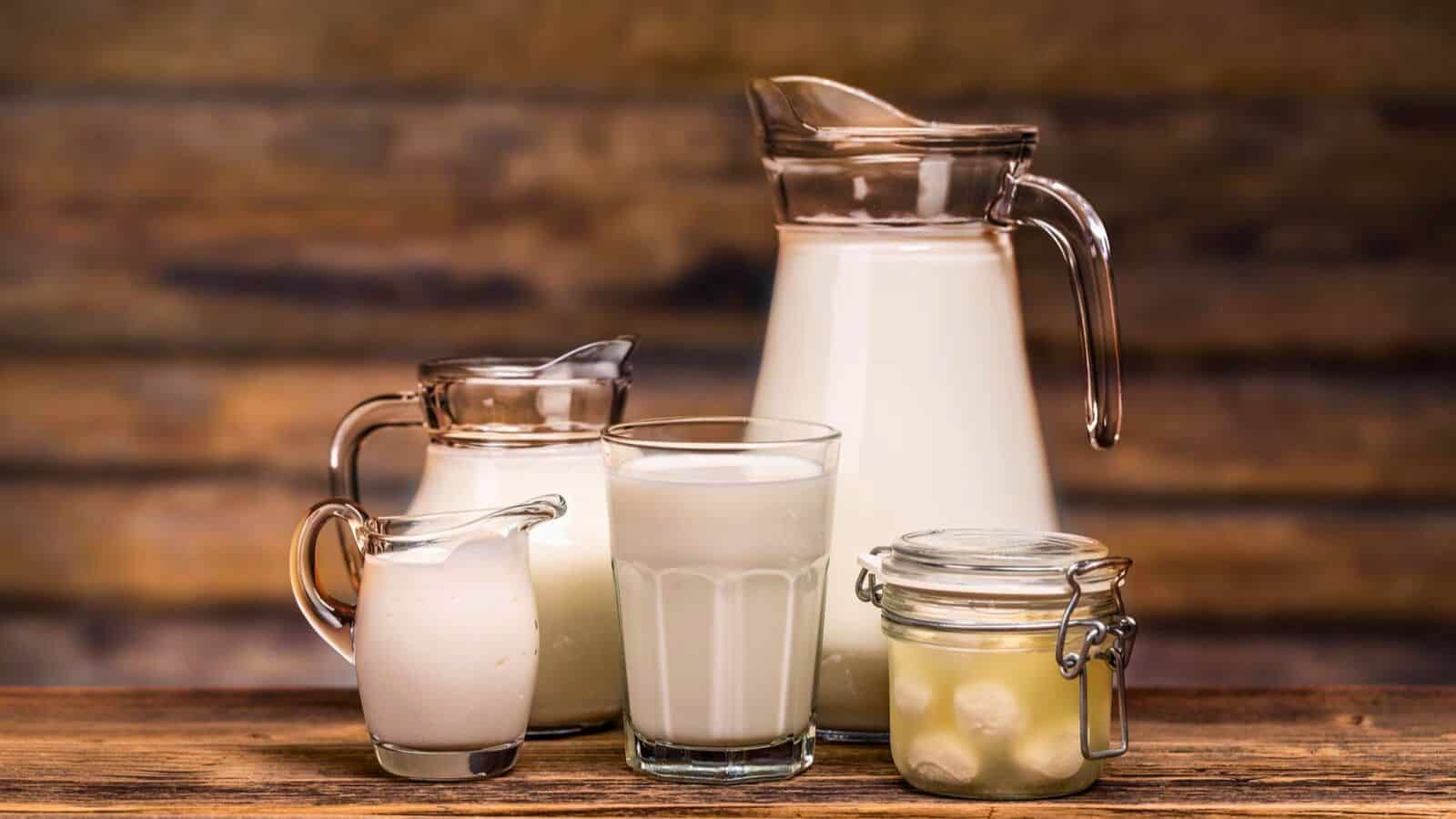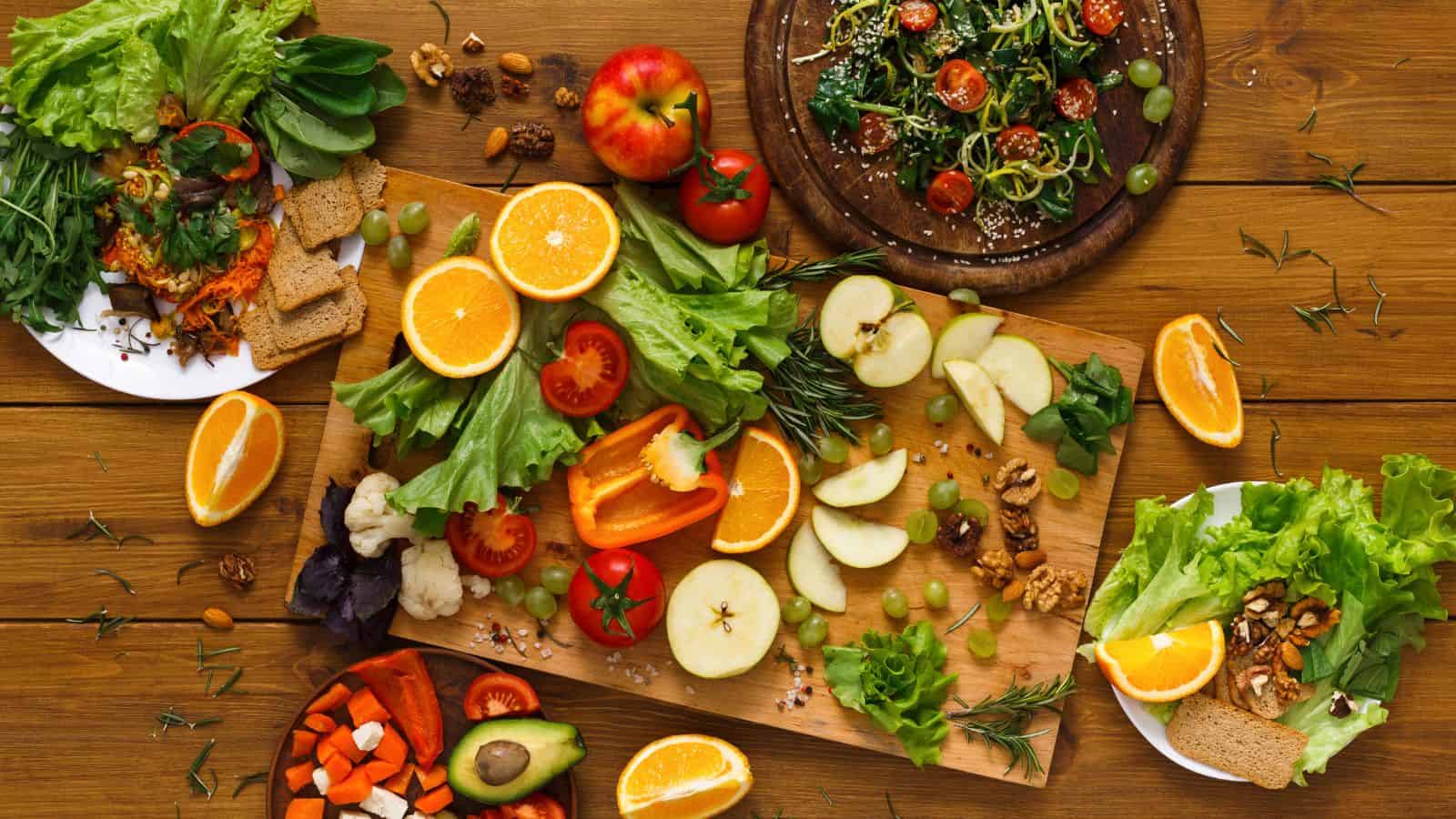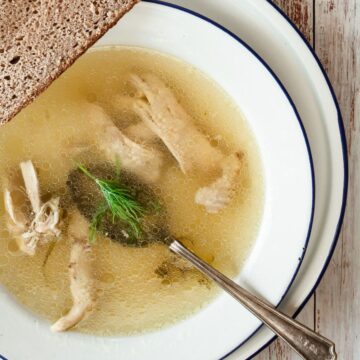Many people experience aches and pains without realizing that their diet might contribute to their discomfort. Certain foods or drinks can trigger inflammation in the body, leading to joint pain, muscle soreness, and other physical discomforts. While genetics and lifestyle factors play a role in chronic pain, diet is often an overlooked aspect of pain management. Some common foods, even those considered healthy, can exacerbate inflammation and contribute to ongoing discomfort.
Recognizing the connection between food and pain is the first step towards feeling better. This list of 11 foods and beverages you didn't know were causing your aches and pains offers insights into dietary choices that might be affecting your body. By identifying these potential culprits and considering their impact, you can adjust your diet to potentially reduce pain and improve overall well-being. Take a closer look at your eating habits and see if making some changes could help alleviate your discomfort.
The contents of this article made available via At The Immigrant's Table, are for informational purposes only and do not constitute medical advice. The content presented here is not intended to be a substitute for professional medical advice, diagnosis, or treatment. Always seek the advice of a qualified health provider with any questions you may have regarding a medical concern or dietary changes. Reliance on any information provided by this article is solely at your own risk.

Tomatoes

Often considered healthy, tomatoes contain solanine, which can trigger joint pain in some people. This compound is part of the nightshade family and may increase inflammation. For those sensitive to nightshades, consuming tomatoes could lead to increased stiffness and discomfort. It's worth noting that not everyone reacts the same way, so pay attention to how your body responds after eating tomatoes.
Sugar

Consuming too much sugar can lead to increased inflammation throughout the body. This inflammation can manifest as joint pain, muscle soreness, and general discomfort. Sugar is often hidden in many processed foods, making it easy to overconsume without realizing it. Reducing sugar intake may help alleviate some types of chronic pain and improve overall health.
Dairy Products

For some individuals, dairy can trigger inflammation and exacerbate joint pain. This reaction is often due to lactose intolerance or a sensitivity to casein, a protein found in milk. Dairy products can also increase mucus production, which may worsen respiratory issues and lead to discomfort. Consider trying dairy alternatives to see if it makes a difference in how you feel.
Processed Meats

Foods like bacon, sausages, and deli meats are often high in saturated fats and contain additives that can increase inflammation. These processed meats may contribute to joint pain and overall body aches. They're also linked to other health issues, so limiting consumption could have multiple benefits. Opt for leaner, unprocessed protein sources instead.
Alcohol

While not a food, alcohol consumption can lead to various aches and pains. It can disrupt sleep patterns, leading to fatigue and muscle soreness. Alcohol is also dehydrating, which can exacerbate joint pain and headaches. For some, certain types of alcohol, like red wine, may trigger migraines or other types of pain. Moderation is key, and being aware of how different alcoholic beverages affect you can help manage pain.
Gluten

For those with celiac disease or gluten sensitivity, consuming gluten can lead to widespread inflammation and pain. Even for those without a diagnosed sensitivity, gluten may contribute to joint pain or digestive discomfort in some individuals. Gluten is found in many grains, including wheat, barley, and rye. Trying a gluten-free diet for a few weeks might help identify if it's contributing to your aches and pains.
Caffeine

While coffee and tea have potential health benefits, excessive caffeine intake can lead to dehydration and muscle tension. This can result in headaches, body aches, and increased sensitivity to pain. Caffeine can also interfere with sleep, leading to fatigue and increased pain perception. Monitoring your caffeine intake and staying hydrated can help mitigate these effects.
Fried Foods

Foods cooked at high temperatures, especially fried foods, contain advanced glycation end products (AGEs). These compounds can increase inflammation in the body, potentially leading to joint pain and other discomforts. Fried foods are also often high in unhealthy fats, which can contribute to inflammation. Opting for baked or grilled alternatives can be a healthier choice.
Artificial Sweeteners

Despite being calorie-free, artificial sweeteners can still impact your health. Some studies suggest they may increase inflammation in the body, potentially leading to joint pain and other discomforts. These sweeteners can also affect gut bacteria, which may indirectly influence pain and inflammation levels. Natural alternatives or reducing overall sweetener use might be beneficial.
Vegetable Oils

Certain vegetable oils, particularly those high in omega-6 fatty acids, can promote inflammation when consumed in excess. This includes oils like soybean, corn, and sunflower oil. An imbalance between omega-6 and omega-3 fatty acids in the diet can contribute to chronic inflammation and pain. Choosing oils with a better fatty acid balance, like olive oil, may help reduce inflammation.
Monosodium Glutamate (MSG)

This flavor enhancer, common in many processed foods and some restaurant dishes, can trigger headaches and muscle pain in sensitive individuals. MSG is often found in Chinese food, canned vegetables, soups, and processed meats. Some people report experiencing a complex of symptoms, including headaches and body aches, after consuming foods with MSG. Reading labels and asking about MSG in restaurants can help you avoid it if you're sensitive.
15 Common Grocery Items That Contain More Chemicals Than Nutrients

Read more about what you consume! Walking through the grocery store, it's tempting to fill your cart with convenient, flavorful items. However, many of these everyday products are packed with more chemicals than actual nutrients. These 15 grocery items with a lot of chemicals often contain preservatives, artificial flavors, and other additives that are difficult to pronounce, let alone understand. While they might taste great, they often lack the essential nutrients your body needs.
Read More Here: 15 Common Grocery Items That Contain More Chemicals Than Nutrients
15 Foods That Are Healthier Than You Think

How about foods that you didn't think were good for you? Some foods that people think aren't good for you can actually help your health. Avocados, for example, are creamy and taste great, but they're also packed with things your body needs. Even dark chocolate, which seems like just a sweet snack, can be part of a healthy diet. These 15 surprising healthy foods can make you feel better if you eat them regularly. It's a good idea to try lots of different foods because each one does something special for your body. When you learn why these foods are good for you, it can make trying new things more exciting!
Read More Here: 15 Foods That Are Healthier Than You Think






Tell Me What You Think!